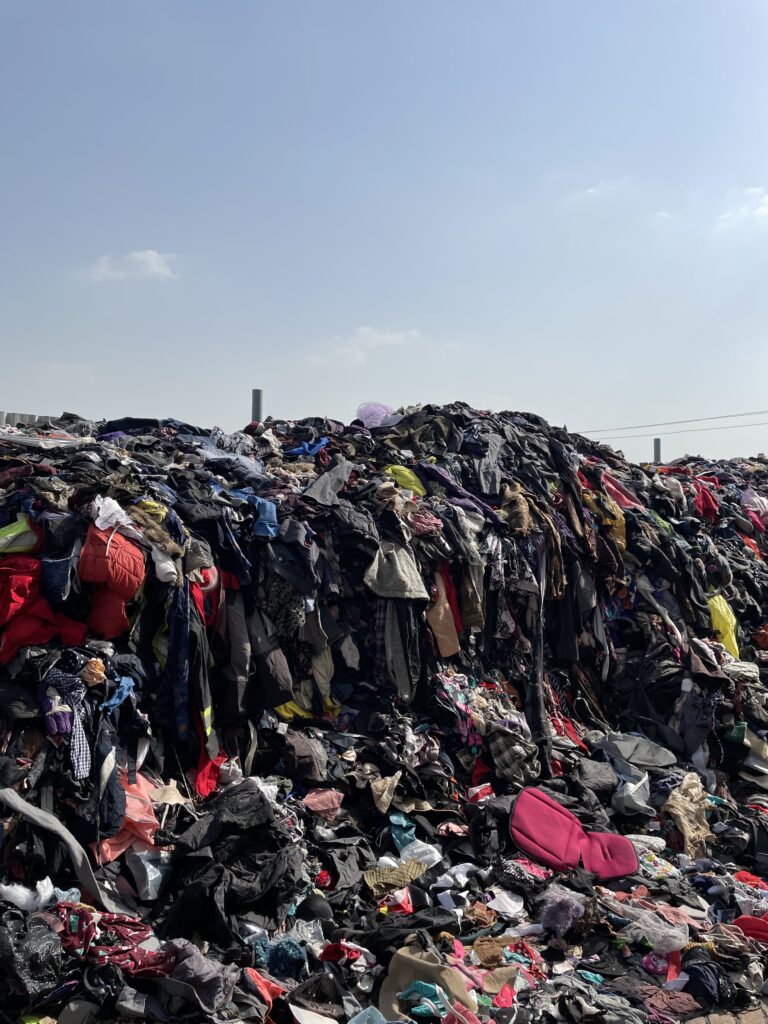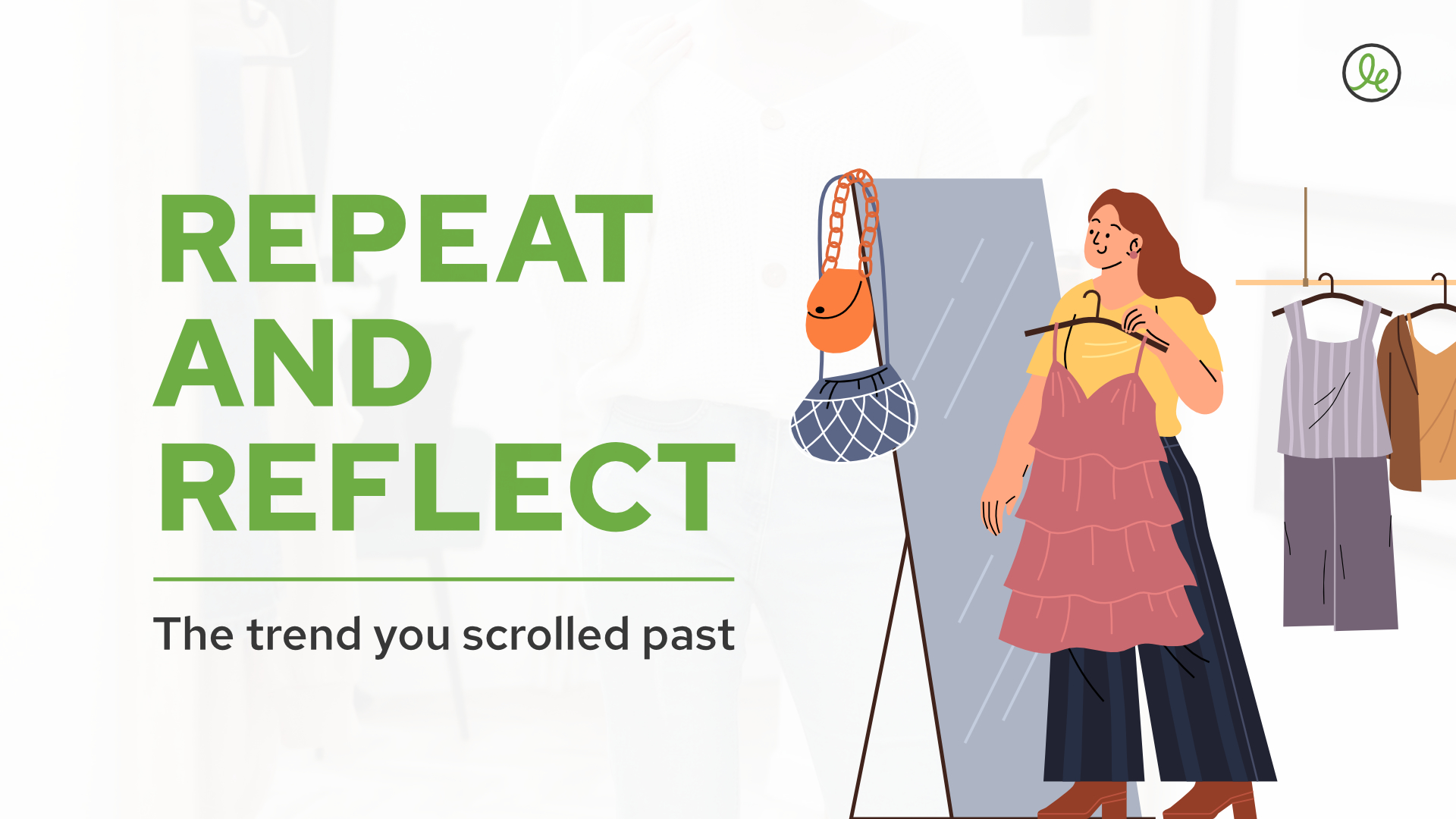
Hauls and Hashtag – an aesthetic trap
We have all been victims of an “amazon” or “sarojini” shopping haul. A social media creator in minimum 30 seconds convinces us to redesign our entire wardrobe by indulging in a shopping spree regardless of the recent additions we made to our closets.
Here is the truth – behind every Get ready with me, Life in a Day, and Thrift Reel, there is a growing pile of clothes – many of them worn once or maybe twice and then forgotten. Social media has not just changed how we should dress but also why we dress.
From TikTok to Instagram, we have been trapped in a cycle where fashion content is driven by speed, variety, and virality. Creators are rewarded for indulging in excessive purchasing in the form of an increase in engagement. This engagement is a source of monetary income for them which comes in the form of brand deals. We contribute to this existing cycle by increasing viewership on reels which in particular indulge in fast fashion.
However, what we are always kept from is reality. The reality of what happens to clothes after the content, where do these hauls go? And most importantly, who is responsible for overflowing landfill?

Respun answers these questions by not intercepting waste before it hits landfills. We ensure a detour for these clothes from the landfills to factories. We collect, recycle and repurpose these once worn clothing items which were purchased not for actual reason but simply to contribute to the algorithm.
We have worked with creators, campuses and communities to help them turn fashion footprints into real change. We aim to redefine style – it’s not just buying more, it is choosing better and using longer. Because the hard truth is : Polyester takes centuries to decompose, the number of times a garment is worn has declined by 36% in 15 years, fashion industry is responsible for 20% of global waste, 10% microplastics dispersed in in the ocean each year comes from textile industry and 2.6 million tonnes of returned clothes end up in landfills in 2020 (earth.org, 2023). This statistic is not even half the data on the impact of these aesthetic hauls on our environment.
Content creators can do better, they hold the power to influence to start a trend which can change the outlook on how fashion waste should be considered when indulging in purchasing while several items sit in our wardrobe. Moreover, many creators have already started to do this, they create content on reimagining different clothing items thereby increasing their life span.
The next time you come across a “10 looks in 10 minute” video ask yourself if what you are wearing is impulse or responsibility.


